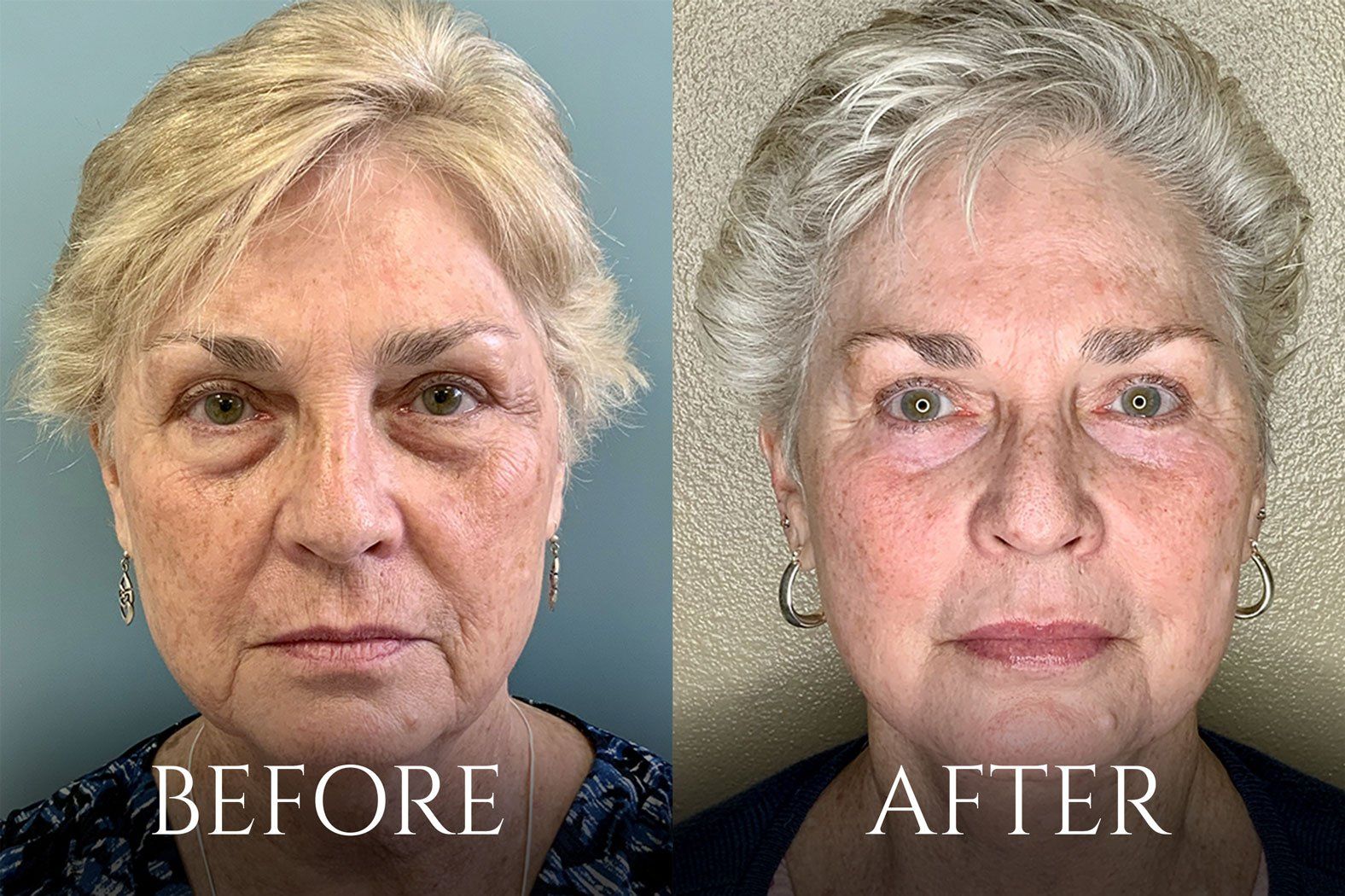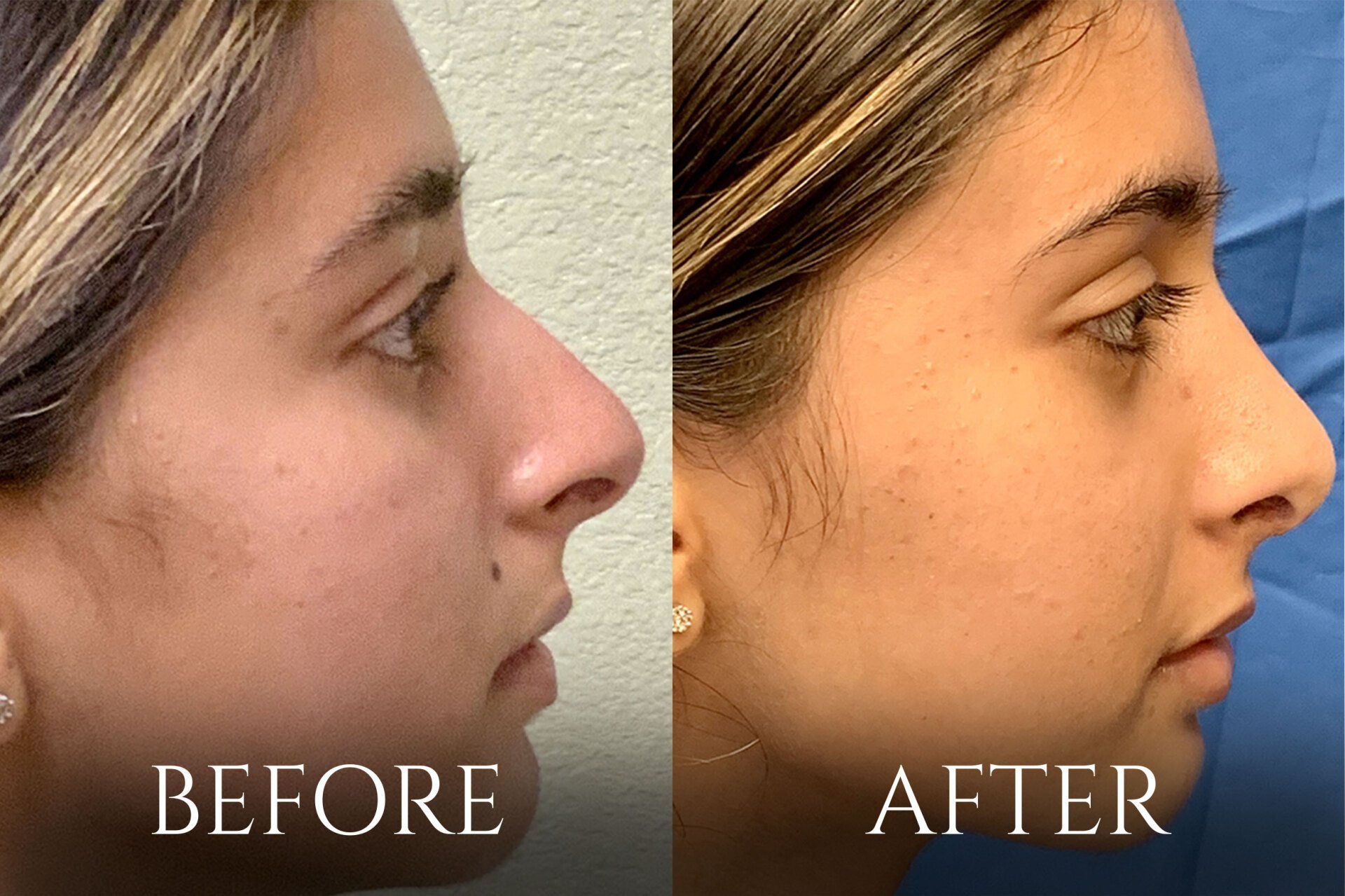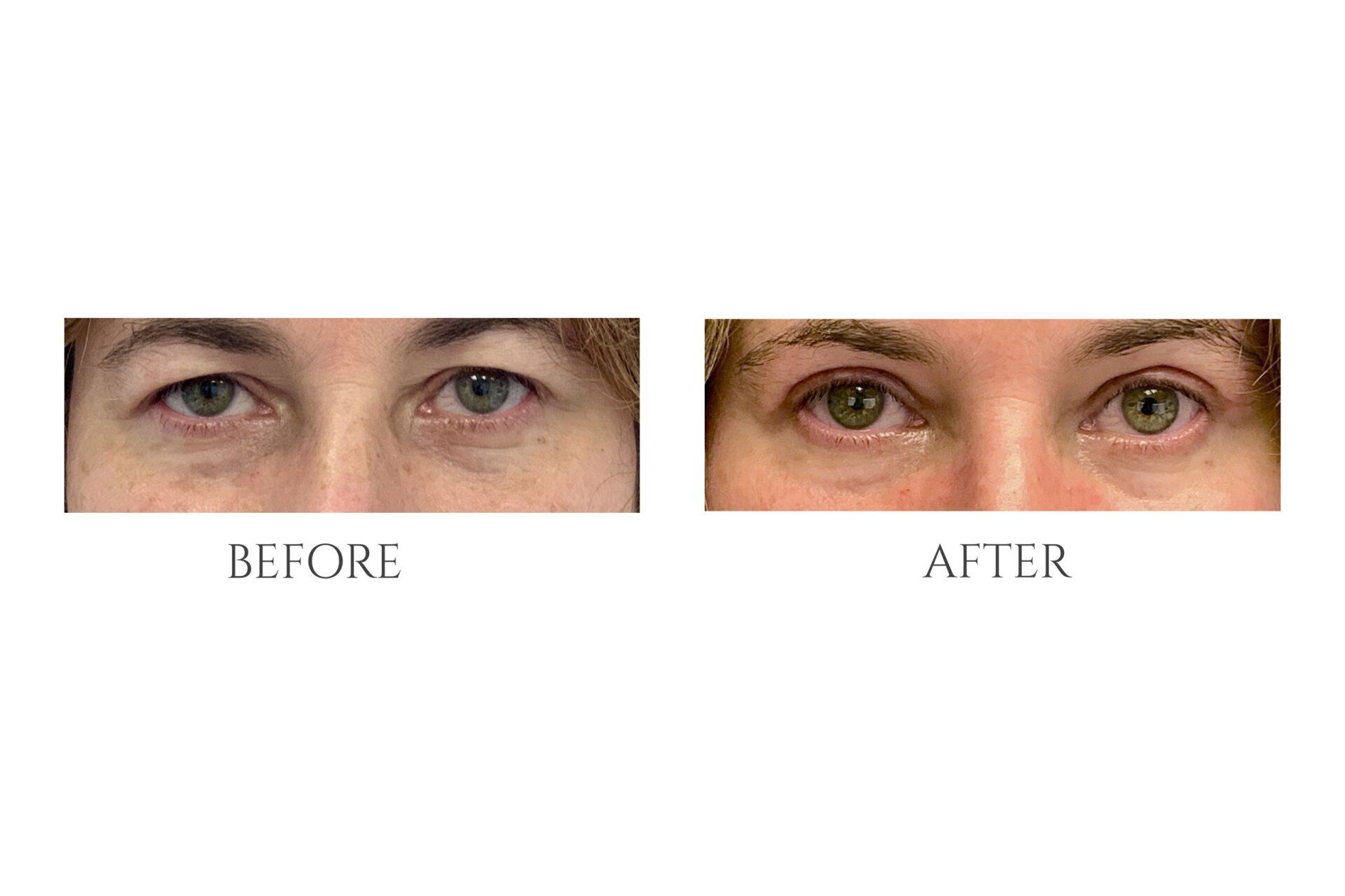Face
A facelift can refresh and rejuvenate your appearance more effectively than any other procedure. This surgery addresses deep wrinkles, while toning and tightening all aspects of your mid and lower face, resulting in a contoured, youthful appearance.

How much time off will I need for a facelift?
For patients who work in sedentary jobs, two weeks should be enough time to look presentable at work. Some patients have some visible swelling and residual bruising at the end of two weeks. This is usually not noticeable by others but if you feel sensitive, a three-week window would be better. If your job is very strenuous, you may need more time to ensure healing is well underway.
What is the recovery time?
Every patient heals at a different rate. Patients go through stages of healing. The first stage lasts about 10 days. During this time swelling will increase up to the fourth day and then begin to disappear. From 10 days to 14 days, most patients find that the swelling and bruising have decreased to the point that social and work activities can be resumed. From 3 weeks to 6 months, healing continues until the final results are fully achieved. In most patients, 90% of the final result will be visible after 3 months.
Will there be noticeable scars?
Scars after a facelift are visible but inconspicuous, and generally not noticeable unless examined closely. The facelift procedure scar starts at the sideburn and follows the contour of the ear, extending along the front of the ear and continuing under the earlobe and behind the ear, into the hairline.
Rhinoplasty is a surgery that is used primarily to change bone, cartilage, and/or skin of the nose. Besides the cosmetic appeal of changing the shape of the nose, it can also come with other added benefits such as improving breathing.

What is the recovery time for a rhinoplasty?
Rhinoplasty is typically performed as an outpatient procedure under general anesthesia and you may go home the same day. While you may be able to be up and moving within 24 hours, expect to take up to a week off from school or work as you heal. For the first several days, you’ll need to keep your head elevated and apply ice packs to reduce swelling. The majority of swelling and bruising subsides within a week following rhinoplasty. Nasal dressings, splints, and sutures are removed at about 7 days after surgery. At this point, any residual bruising can be effectively camouflaged with makeup. It can take months for every last bit of swelling to subside and for the final results.
Will I have bruising after surgery?
You may or may not have bruising depending upon the details of your specific surgery. Patients who bruise easily, have thin or fair skin, or require repositioning of the nasal bones will be more likely to bruise than patients who do not. Most bruising resolves around 10-12 days after surgery.
Blepharoplasty is a surgical procedure that involves the eyelids. In most cases, blepharoplasty is often used to remove excess skin, fat and muscles that lead to the drooping or sagging eyes that occur with age. Besides the cosmetic disadvantages that come with the appearance of sagging or droopy eyes, this can also lead to more severe issues such as impairing your vision.

What is a blepharoplasty?
Blepharoplasty is eyelid surgery. As individuals age, the eyelids can begin to droop and fill with fat, which can make you appear older and tired. It can also reduce your peripheral vision, especially at the far edges and tops of your visual range.
What is the recovery?
Patients who have undergone upper lid surgery will usually be able to go back after 7-10 days. The recovery time is a little longer for lower lid surgery, with time off work increasing to 10-14 days
